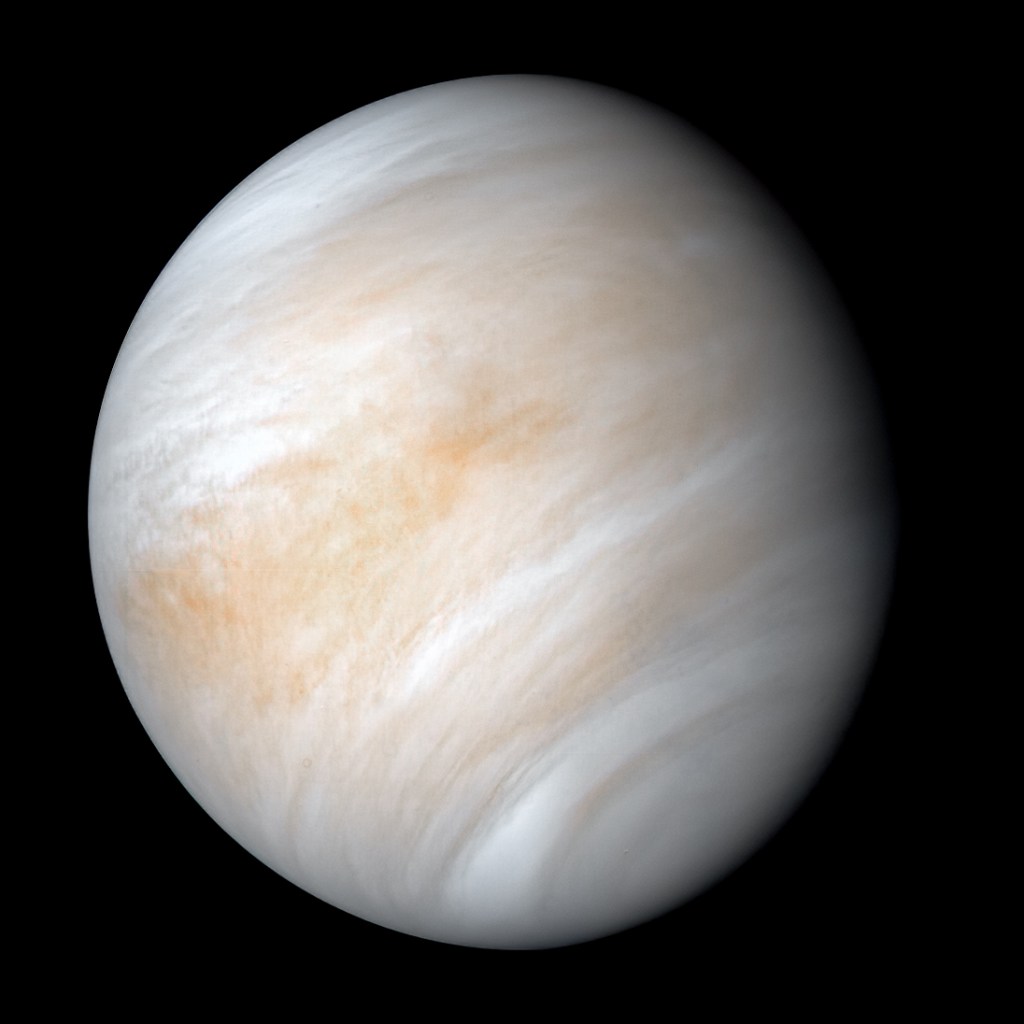Exploration of Venus: DAVINCI’s Mission to Capture Unprecedented Images of Alpha Regio
The vast expanse of our solar system is filled with intriguing celestial bodies, each presenting unique characteristics and mysteries. Among them, Venus stands out due to its extreme conditions and fascinating geological features. In an ambitious effort to gain deeper insights into this enigmatic planet, NASA has designed an innovative mission known as DAVINCI, which is set to unveil new perspectives of Venus’s surface, particularly focusing on the area called Alpha Regio.
Understanding the DAVINCI Mission
DAVINCI, an acronym for Deep Atmosphere Venus Investigation of Noble gases, Chemistry, and Imaging, is a pioneering mission dedicated to exploring the atmosphere and surface of Venus. The mission aims to provide an in-depth analysis of the planet’s atmosphere and gather high-resolution images that have never been captured before.
Targeting Alpha Regio
Alpha Regio, a highland area on Venus, has piqued the interest of scientists for decades due to its complex geological formations. It is characterized by tesserae, which are large, rugged terrains distinguished by intersecting ridges and valleys. These structures suggest a dynamic geological history, potentially similar to tectonic activities on Earth. Understanding Alpha Regio’s composition and formation can offer valuable clues about the planet’s past.
The Descent and Imaging Process
The DAVINCI spacecraft is equipped with advanced instruments designed to withstand Venus’s harsh atmospheric conditions. As it descends through the thick veil of clouds, it will begin capturing images when it reaches an altitude of approximately 25 miles (40 kilometers). This descent is critical as it marks the point where the probe will start to photograph the surface with unprecedented clarity.
However, capturing clear images of Venus’s surface is no small feat. The dense atmosphere is filled with gases that scatter light, leading to a natural blurring effect in images taken from afar. Despite these challenges, DAVINCI’s imaging system has been meticulously designed to mitigate these effects as much as possible, ensuring that the resultant images are the clearest ever obtained from this enigmatic planet.
The Importance of High-Resolution Imaging
The high-resolution images captured by DAVINCI will allow scientists to conduct a detailed analysis of Alpha Regio’s surface features. These images will enable researchers to identify various geological structures and compositions, enhancing our understanding of Venus’s geological history and evolution. Moreover, these observations could provide vital insights into the processes that have shaped not only Venus but also offer comparative data that could shed light on similar processes on Earth and other terrestrial planets.
Technical Innovations and Challenges
One of the most remarkable aspects of the DAVINCI mission is its technological innovation. The probe is equipped with a suite of instruments capable of conducting comprehensive atmospheric and surface analyses. These include spectrometers that will analyze the chemical composition of the atmosphere and cameras that will capture detailed images of the surface.
The challenge lies in the hostile environment of Venus, with surface temperatures soaring above 900 degrees Fahrenheit (475 degrees Celsius) and atmospheric pressure more than 90 times that of Earth. These conditions require that all instruments aboard the DAVINCI spacecraft are robust and resilient to ensure they function correctly throughout the mission.
Potential Discoveries Await
The DAVINCI mission holds the potential to revolutionize our understanding of Venus. By studying the noble gases and other atmospheric components, scientists hope to uncover the processes that have shaped the planet’s atmosphere over billions of years. This could provide insights into why Venus, despite being similar in size and composition to Earth, evolved so differently into a world dominated by a runaway greenhouse effect.
Moreover, the geological insights gained from the high-resolution images of Alpha Regio could reveal whether Venus has been geologically active more recently than previously thought. If evidence of past or present tectonic activity is found, it could challenge current models of planetary evolution and inform new theories about planetary dynamics.
A Broader Context: Venus in the Solar System
Venus is often referred to as Earth’s "sister planet" due to its similar size and proximity in the solar system. Despite these similarities, the conditions on Venus are vastly different, with a thick carbon dioxide atmosphere and clouds of sulfuric acid. This contrast makes Venus a prime candidate for comparative planetology, where scientists study the similarities and differences between planets to learn more about their formation and evolution.
Exploring Venus not only helps us understand our neighboring planet better but also provides a broader context for studying other terrestrial planets in the solar system and beyond. Insights gained from the DAVINCI mission could assist in the search for extraterrestrial life and the study of exoplanets with similar conditions.
Public and Scientific Community Reactions
The scientific community eagerly anticipates the findings from the DAVINCI mission. Researchers and planetary scientists are hopeful that the data collected will answer long-standing questions about Venus’s atmospheric composition and geological history. The possibility of uncovering new information about Venus’s potential for past habitability or tectonic activity is particularly exciting.
Public interest in space exploration remains high, and missions like DAVINCI continue to inspire curiosity about our place in the universe. The mission’s success could ignite further interest in planetary science and encourage future missions to Venus and other destinations in our solar system.
Conclusion: The Path Forward
As DAVINCI embarks on its journey to Venus, the world watches in anticipation of the discoveries that await. This mission represents a significant step forward in our quest to understand the complexities of our solar system’s planets. By focusing on Alpha Regio, DAVINCI aims to unlock the secrets of Venus’s past and provide a clearer picture of its present state.
The insights gained from this mission will not only enhance our knowledge of Venus but also contribute to our understanding of planetary science as a whole. As we continue to explore the cosmos, missions like DAVINCI remind us of the endless possibilities that await beyond our own planet, fueling our desire to explore and discover the unknown.
For more detailed information about the DAVINCI mission and its objectives, visit NASA’s official website.
For more Information, Refer to this article.

















![Samsung Unveils AI-Driven Home Appliance Innovations at CES 2025 [CES 2025] A New Era of Personalized Appliances: Samsung Showcases Home AI Innovations](https://www.hawkdive.com/media/samsung-digital-appliances-home-ai-showcasing-home-ai-innovations_thumb728-218x150.jpg)














